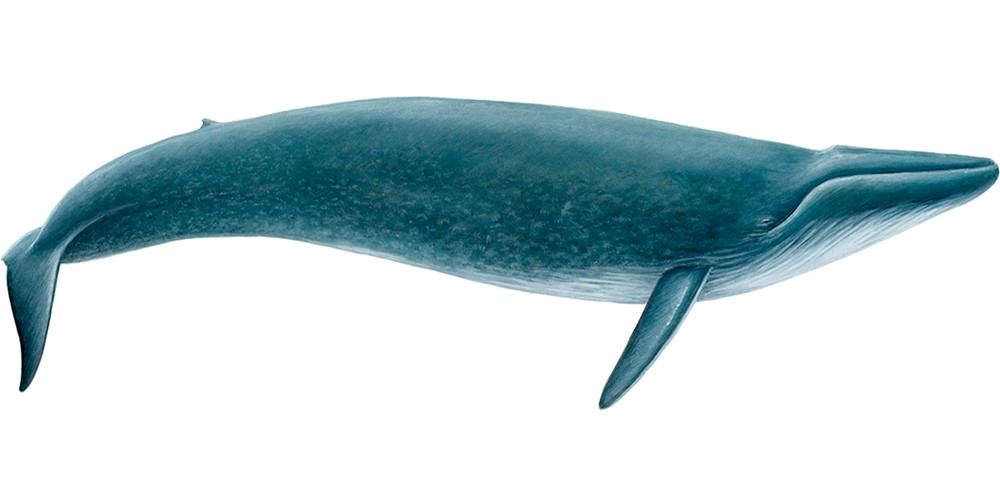Heteroglaux blewitti
Of the Strigidae family, is commonly known as the Forrest Spotted Owlet. After its initial discovery, it was placed into the Athene family, however its bone structure disagrees with that. They are approximately 8.5 - 9 inches in height/length; its wingspan might reach 1 foot - if it’s a particularly large owlet. EDGE notes their striking “penetrating, yellow eyes” as a distinguishing feature, which is a much more proper way to say “they look like they are forever judging you.” They are dimorphic, with males slightly smaller than females. They hiss, shriek, and “kwaak”, because who needs “who” anymore. Everything you think you know about owls is a lie. They feed on the expect rodents, lizards, and occasionally large insects. Sometimes to spice up their diets they’ll take on prey twice their size (about the size of a house cat) or the males might eat their own chicks, because why not (its not actually determined why dad’s occasionally go infanticidal). Eggs are lain in softwood trees and incubated for approximately 30 days and live for a bit less than 5 and a half years. They are active during the day and twilight, again we return to “everything you thought you knew was a lie.”
This little forest owlet is endemic to central india and is sedentary. Sources seem to disagree on whether they prefer dry or moist climates. This discrepancy may come from which of the 5 habitats was used for study. Their largest core habitat zones occur in both North and South aspect. However, they all agree on deciduous forrest with a distinct understory. Teak Tectonic grandis is noted as a preferred nesting tree by Planet of Birds. While they have historically favored old growth forests, they have recently been found within secondary deciduous forests - still with Teak, just younger trees. Look at him. He disapproves of that Teak table you may or may not own.
At discovery, 25 individuals were found between 4 to 5 populations. They were first listed as threatened in 1988. As of 1994, their listing moved to Critically Endangered. The most recent evaluation listed by IUCN Red List was in 2013, still critically endangered. Population trends display continued disappearance, declining at an approximate rate of 10 - 19% every 10 years.
As a sedentary species, the loss and fragmentation of its deciduous forest habitats are severely impacting its recovery potential, only ~10% of its range is protected. The species total range, across 5 distinct patches of suitable habitat is approximately 550 km2. It is found in a core/satellite pattern. It’s core is located within the Melghat Tiger Reserve in Maharashtra. Which is fantastic! Because there are few better umbrella species than the Tiger! Their primary threats are illegal logging/tree cutting and continued development. Encroaching cities and agriculture are significantly degrading the habitat quality.The Upper Tapi Irrigation Project is also noted as a more than significant threat to the species. It is a proposed alternative to major dam projects in the area and generally seems to be viewed favorably. Utilizing the UTIP would require less people (entire towns, really) to be uplifted and moved. However, if the project were to go through. It’s stretch through Maharashtra would severely degrade or destroy approximately 244 ha of prime habitat for the little owlet. While their are recovery plans in place, they don’t seem to address this potential concern.
Suggested conservation strategies emphasize indirect ways of preserving the remaining forest habitat. They include limiting agriculture uses, such as seasonal bamboo harvest and limiting cattle grazing. The Forest conservation act of 1980 restricts and prohibits large scale degradation, but allows for the destructive agriculture uses. Additionally, illegal take of timber remains an obvious issue that legislation can’t combat. Efforts have been taken to increase local investment in the species. At the local level, illegal teak harvest can be more effectively countered. Sites which previously contained Owlets are being evaluated for their remaining quality so that land can be more effectively preserved.
So far from the species which is dependent on increased local support, there is little we - as Americans - can directly do. Donating to support the tiger sanctuaries which contain the Owlet’s core habitat would be a great start (Plus you’re helping the kitties!) Indirectly however, avoiding purchasing Teak would be a great start. Or at least find Teak which is sustainably sourced from regions other than Maharashtra. Should you happen to have local-maharashtran connections, there are a number of things that could be done to support them. Promoting the education of local communities will improve their chances significantly and (hopefully) cut down on the illegal lumber trade. Supporting the reduced/restricted uses of pesticides in favor of traditional organic methods of pest control will help to improve the forrest quality. Supporting proposed buffer zones on agriculture and civil developments will create much needed habitat. Within 10 years, newly planted teak will begin to provide suitable nesting grounds if planted in less-disturbed locations. (Teak can make very nice street trees - not that they would provide nesting ground in that setting.) While I’m neither for or against the UTIP, understanding the pros and cons of its implementation and plans like it are necessary not only to the survival of this owlet but any endemic species it might run over. This one isn’t a keystone species. However, it is taxonomically unique - is that worth uprooting multiple cities of people? In short: Support tigers, intelligent city planning, understand the unintended side effects of large scale irrigation plans and Source your teak!













